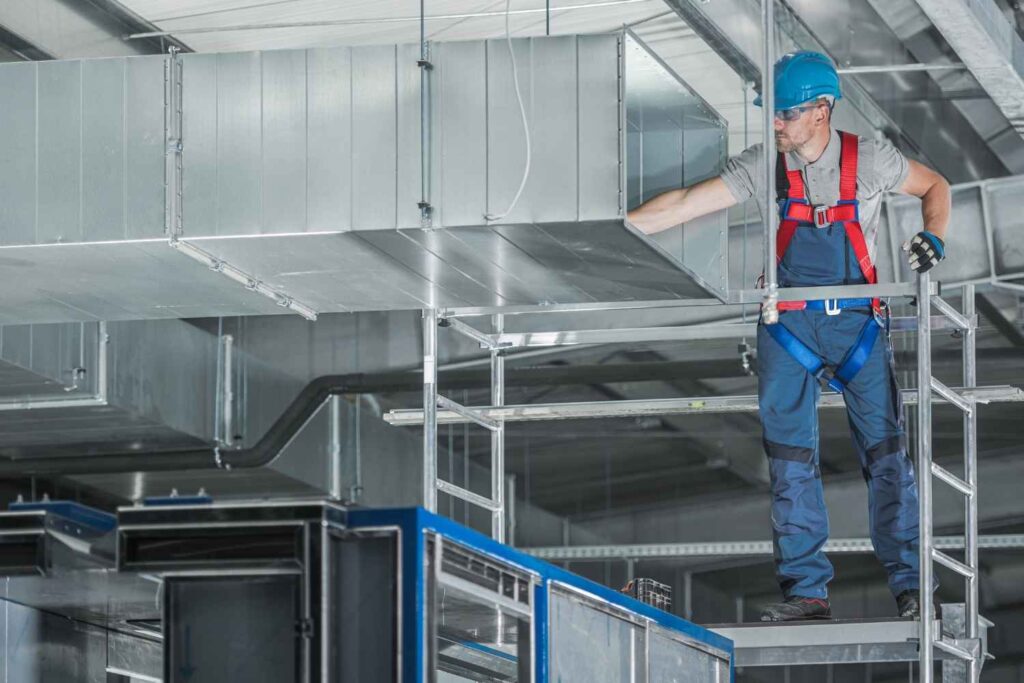Ever heard someone throw around the term “CFM” when talking about ERV ventilation and had no clue what they meant? Let’s change that!
CFM stands for Cubic Feet per Minute, and it is one of the most important things to know when dealing with an Energy Recovery Ventilator (ERV), or really, any HVAC system.
But what difference does it make to your indoor air quality? Let’s break it down.

What Exactly Is CFM?
Think of CFM as a measure of how much air moves through your ventilation system every minute. A higher CFM means more air circulation than a lower CFM. It is like the difference between sipping water through a straw versus chugging from a bottle. More airflow means better ventilation.
For ERVs, the right CFM ensures fresh air is properly exchanged while also maintaining balanced humidity and temperature indoors. If the airflow is too low, you won’t get enough fresh air. If it’s too high, you might lose energy efficiency.
Why Does CFM Matter for Your ERV?
Better Air Quality
If your ERV isn’t moving enough air (low CFM), stale air lingers, trapping pollutants, allergens, and excess humidity. This can lead to musty odors, mold growth, and poor indoor air quality. A properly sized CFM keeps your home or office feeling fresh and breathable.
Energy Efficiency
ERVs are all about recovering energy while bringing in fresh air. If the CFM is too high, your ERV works harder than necessary, leading to higher energy bills. The right CFM keeps things balanced—efficient airflow without wasting energy.
Comfort & Humidity Control
The right CFM helps regulate indoor humidity. In a humid environment, too much airflow can bring in excess moisture, making your space feel sticky. In a dry climate, too much air exchange can make things uncomfortably dry. Your ERV needs a balanced CFM to maintain a comfortable and healthy indoor environment.
How Do You Determine the Right CFM for Your Space?
The ideal CFM depends on the size of your space and how it’s used. A general rule of thumb is 1 CFM per square foot of space. But factors like the number of occupants, insulation quality, and climate also play a role.
Most residential ERVs range between 50-200 CFM, while commercial spaces may require much higher rates. If you’re unsure about what’s right for your home or office, an HVAC professional can calculate the best CFM based on your needs.
Final Thoughts
CFM might sound technical, but it is really just a measure of how well your ERV is moving air. Too little airflow? You’re stuck with stale, polluted air. Too much? You might be throwing energy (and money) out the window. The key is finding the sweet spot so your ERV can keep your indoor air fresh, comfortable, and efficient.
Need help choosing the right ERV with the perfect CFM? Let the experts at ERV Pro guide you to the best solution for your space. Breathe better with ERV Pro today!
